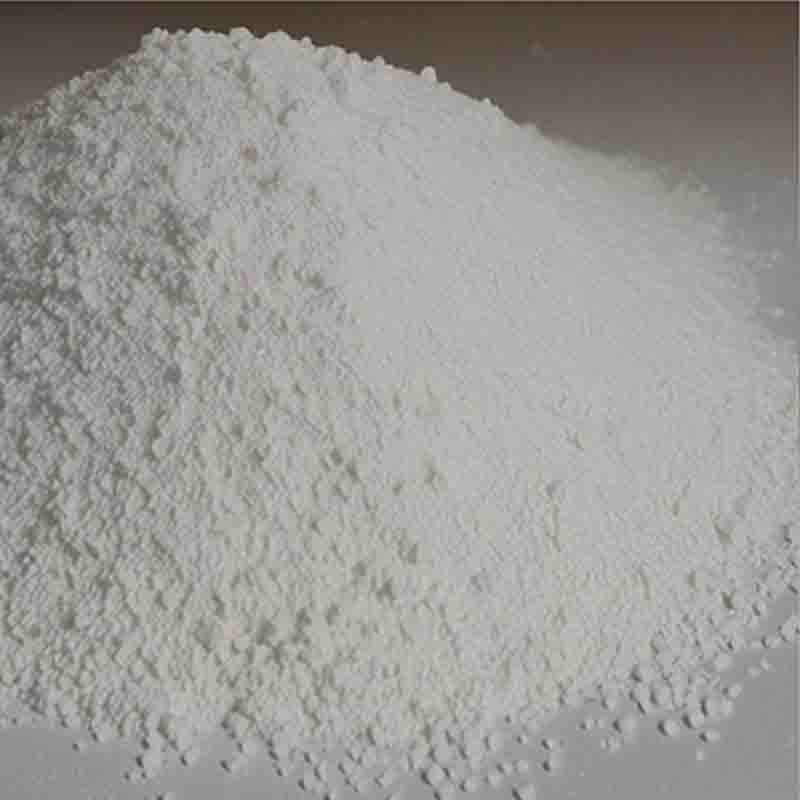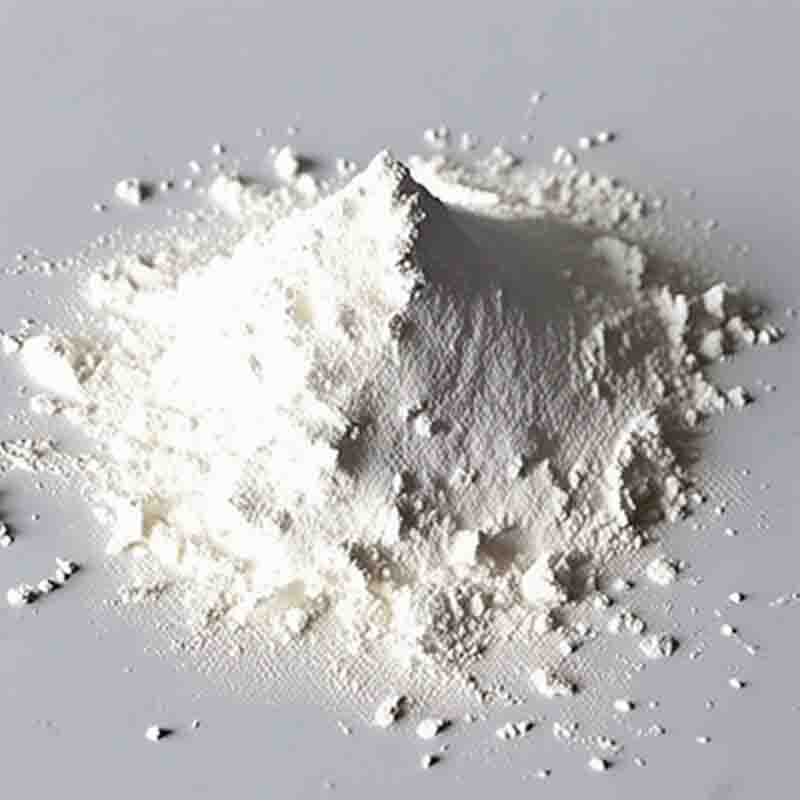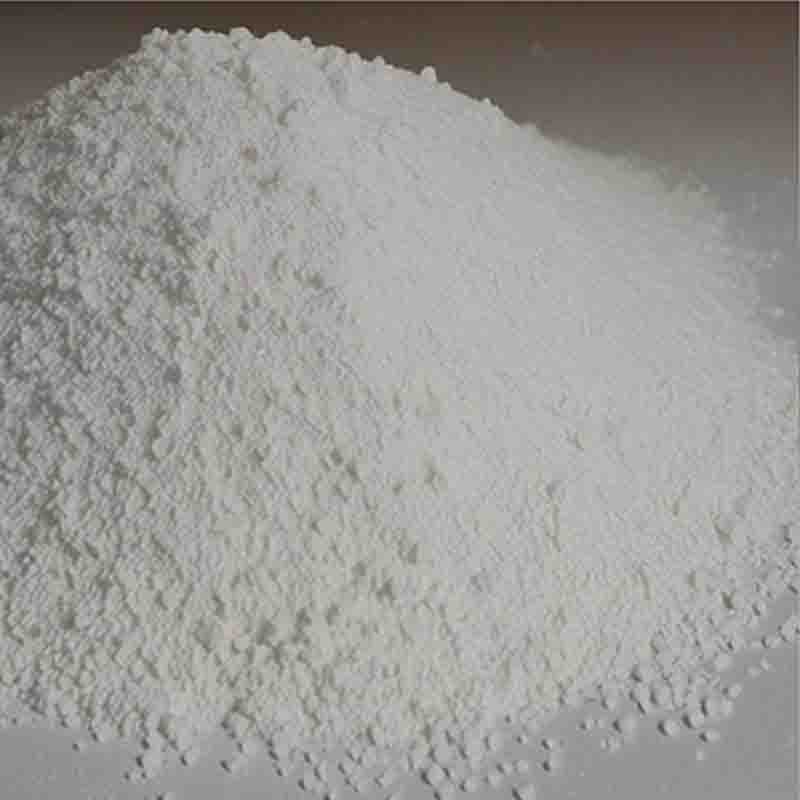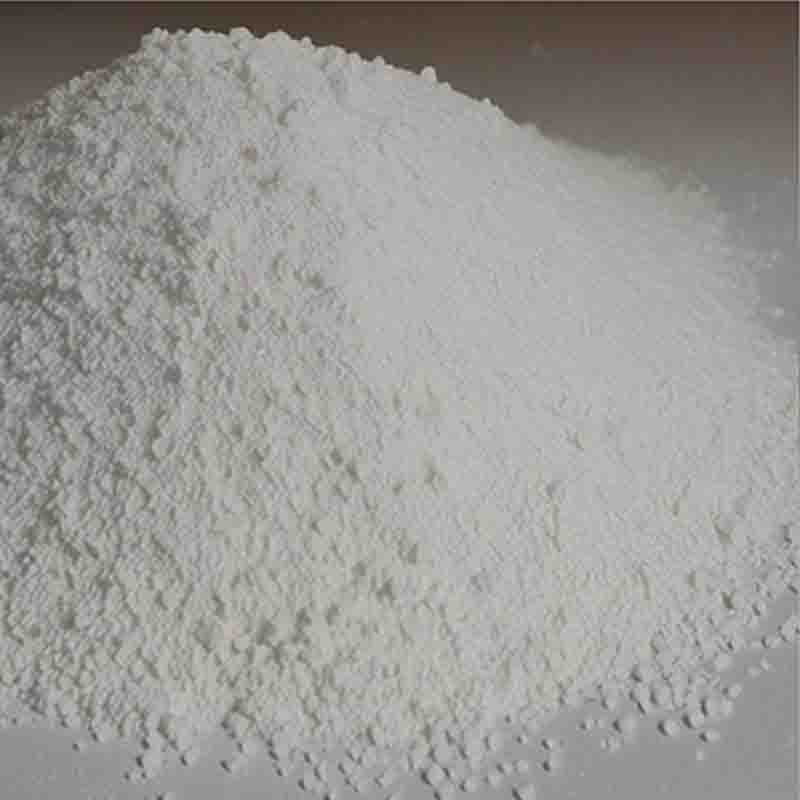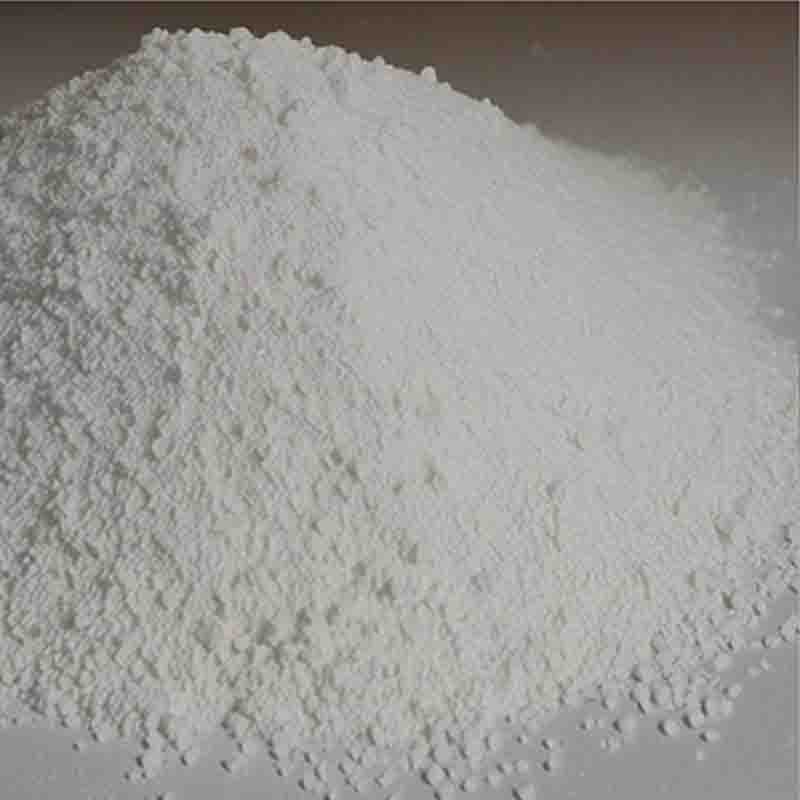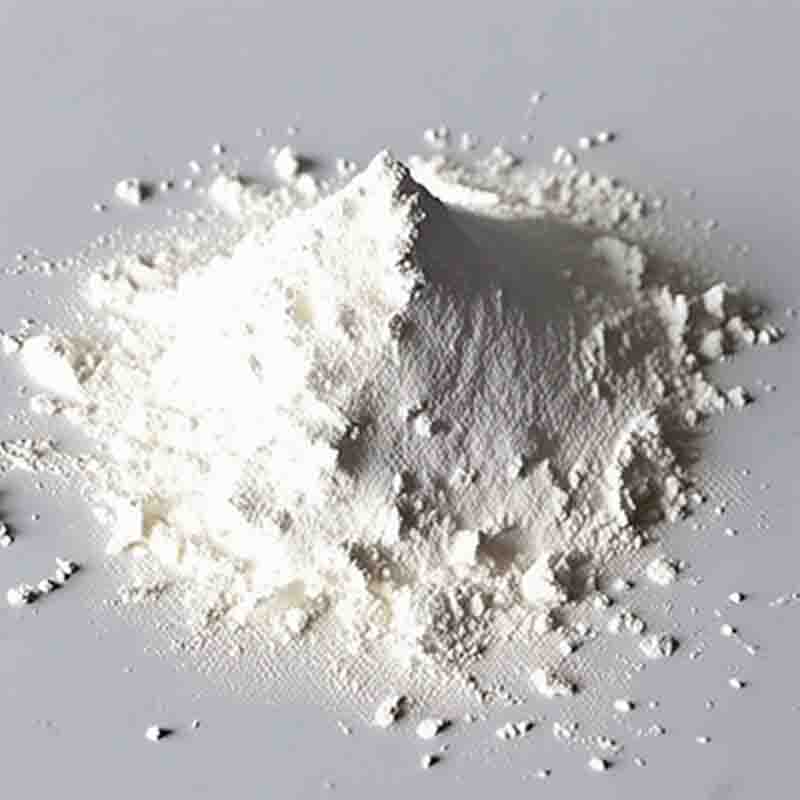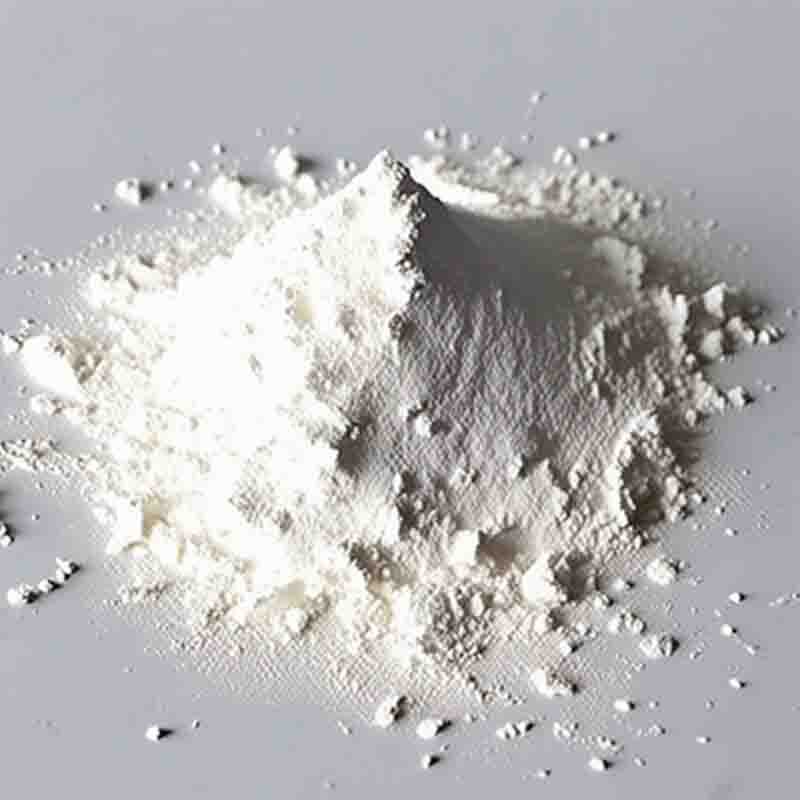2,4-Dichloropyrimidine CAS: 3934-20-1
| Catalog Number | XD94371 |
| Product Name | 2,4-Dichloropyrimidine |
| CAS | 3934-20-1 |
| Molecular Formula | C4H2Cl2N2 |
| Molecular Weight | 148.98 |
| Storage Details | Ambient |
Product Specification
| Appearance | White powder |
| Assay | 99% min |
2,4-Dichloropyrimidine is a chemical compound that belongs to the pyrimidine family. It is characterized by its specific molecular structure, which consists of a pyrimidine core with chlorine atoms attached to positions 2 and 4. This compound has a wide range of applications in various fields, including pharmaceuticals, agrochemicals, and materials science.One of the primary uses of 2,4-Dichloropyrimidine is in the pharmaceutical industry. Its unique structural features and chlorine substituents make it a valuable intermediate in the synthesis of biologically active compounds. For example, the chloro groups can be used as directing groups for selective functionalization or as precursors for the generation of various functional groups, such as amines or carboxylic acids.2,4-Dichloropyrimidine derivatives have shown potential in the development of therapeutic agents. They possess a wide range of pharmacological activities, including antiviral, antitumor, and antiparasitic properties. These compounds have been studied for their potential use in the treatment of viral infections, cancer, and parasitic diseases, contributing to advances in healthcare and medicine.In the field of agrochemicals, 2,4-Dichloropyrimidine and its derivatives have demonstrated pesticidal properties. They exhibit herbicidal and fungicidal activities, making them valuable in the development of crop protection products. These compounds have been investigated for their potential use in controlling weed growth and fungal diseases in crops, contributing to improved agricultural productivity and sustainability.Furthermore, 2,4-Dichloropyrimidine finds applications in materials science. Its structural features make it a useful building block for the synthesis of functional materials, such as dyes, pigments, and organic semiconductors. These materials have potential applications in various fields, including optoelectronics, sensors, and electronics. The properties and performance of these functional materials can be tailored by modifying the structure and substituents on the pyrimidine core.In conclusion, 2,4-Dichloropyrimidine is a versatile compound with diverse applications in pharmaceuticals, agrochemicals, and materials science. Its unique structural features and chlorine substituents offer opportunities for the synthesis of biologically active compounds, pesticidal agents, and functional materials. The continued exploration and development of 2,4-Dichloropyrimidine and its derivatives contribute to the advancement of various fields, including healthcare, agriculture, and materials technology.


